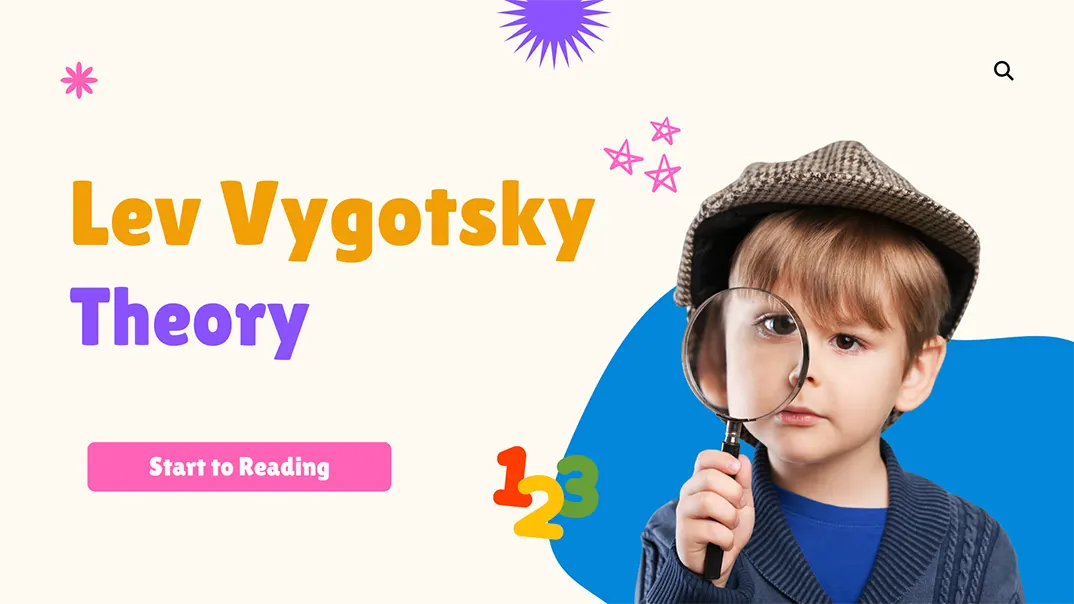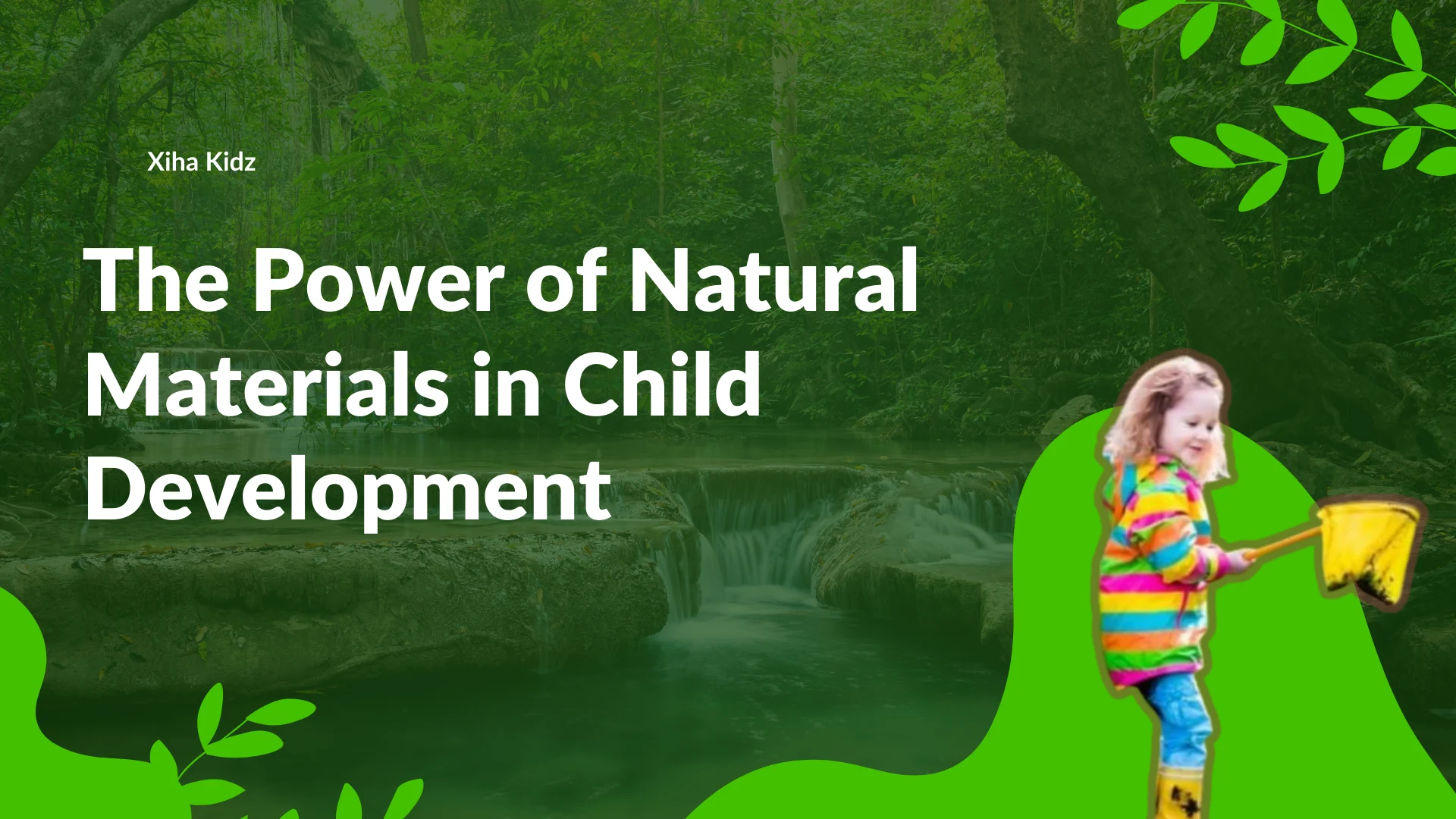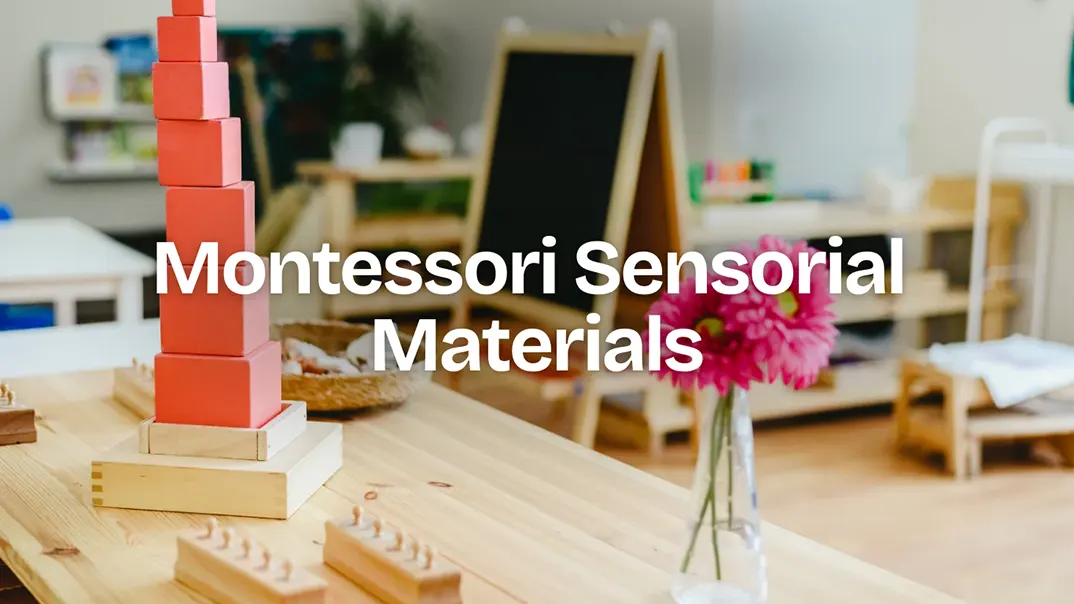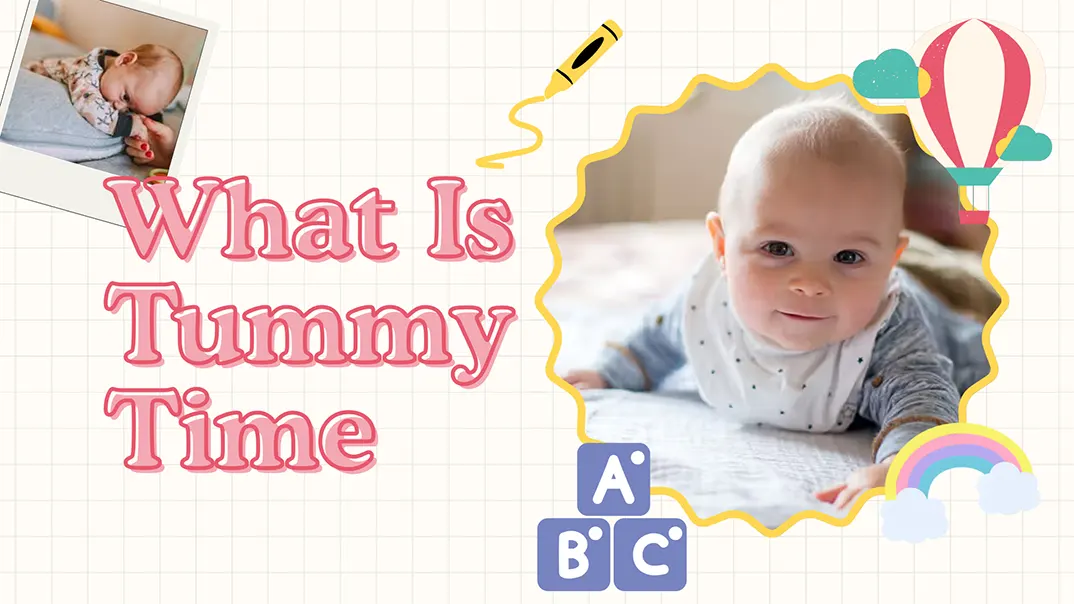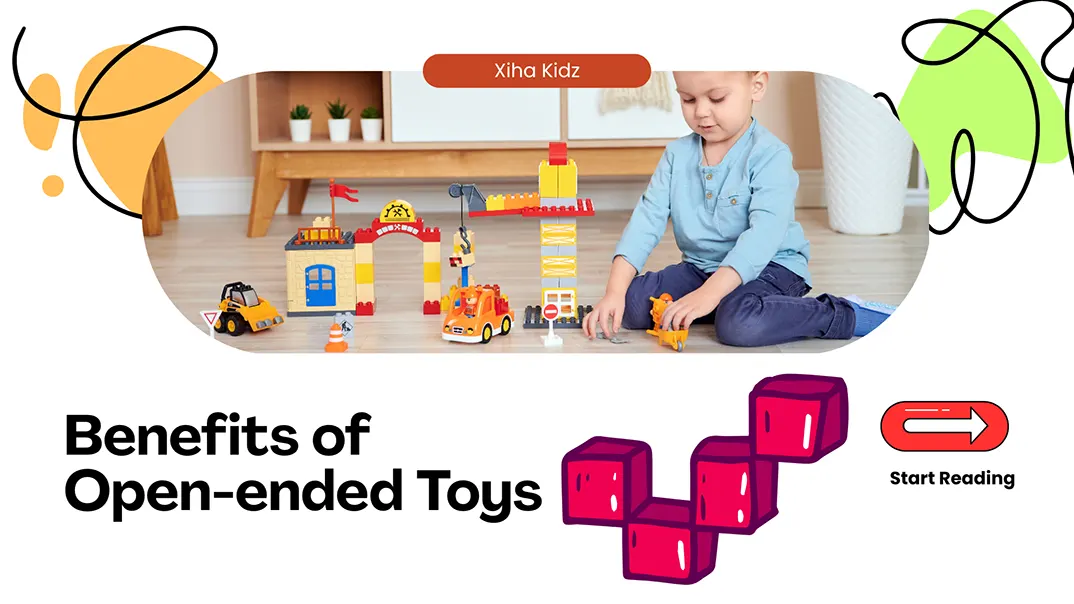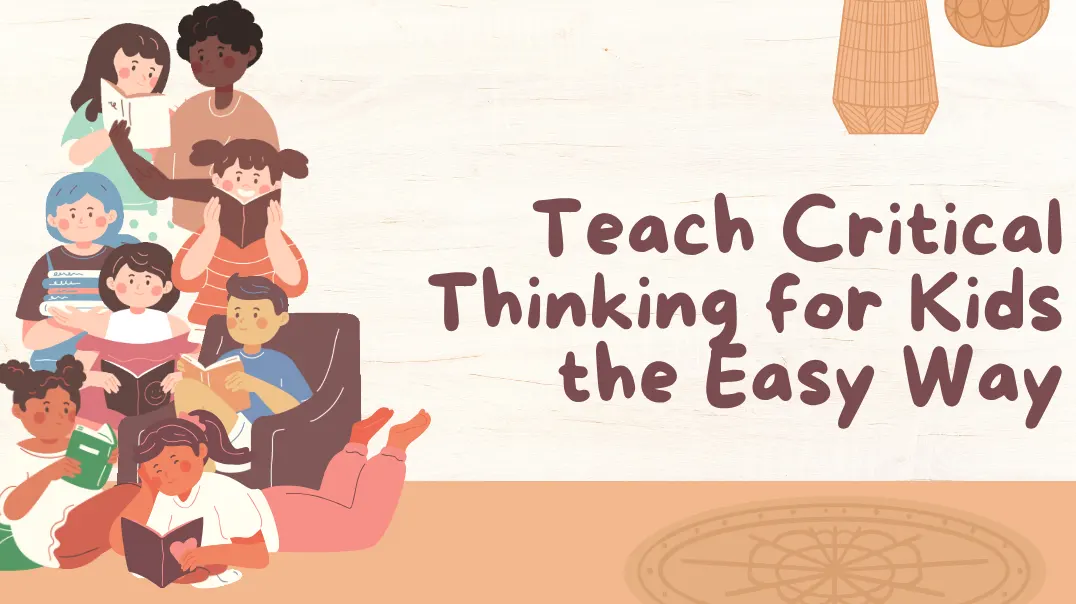How do young children build knowledge before they even start formal schooling? Why do some kids grasp concepts faster when working with adults or peers? And what makes guided interaction so critical during early development? These questions often puzzle educators and parents alike. The Lev Vygotsky theory provides compelling insights into these developmental mysteries, emphasizing the importance of social and cultural context in shaping a child’s ability to learn and think.
According to Lev Vygotsky theory, children’s cognitive development is not just an internal, biological process but a socially constructed one. Vygotsky proposed that learning first happens through interaction with others before it becomes internalized. His core concepts—such as the Zone of Proximal Development (ZPD), scaffolding, and the more knowledgeable other (MKO)—highlight the crucial role of guided support in helping children reach their full potential. In this framework, language, culture, and social relationships aren’t just background elements; they are the driving forces of development.
Understanding Lev Vygotsky theory can help educators, caregivers, and parents create more supportive and effective learning environments for young children. If you’re looking to deepen your understanding of how children learn through interaction, this comprehensive guide is the perfect place to start.
What Is Lev Vygotsky Theory?
The Lev Vygotsky theory is a foundational concept in educational psychology that emphasizes the vital role of social interaction and culture in shaping a child’s learning and cognitive growth. Unlike theories that focus primarily on individual exploration, Vygotsky’s framework argues that learning is a socially mediated process, where children acquire knowledge through guided experiences with others.
At the heart of the theory is the idea that cognitive development is not simply a result of maturation but is deeply influenced by communication, collaboration, and cultural tools. Vygotsky believed that children learn best when they are actively engaged with more knowledgeable individuals—such as teachers, parents, or peers—who help bridge the gap between what a child can do independently and what they can achieve with support.
Key concepts such as the Zone of Proximal Development (ZPD), scaffolding, and the More Knowledgeable Other (MKO) illustrate how learning unfolds in stages, guided by meaningful interactions. These ideas have transformed modern early childhood education, laying the foundation for collaborative teaching models and play-based learning environments.
Who was Lev Vygotsky?
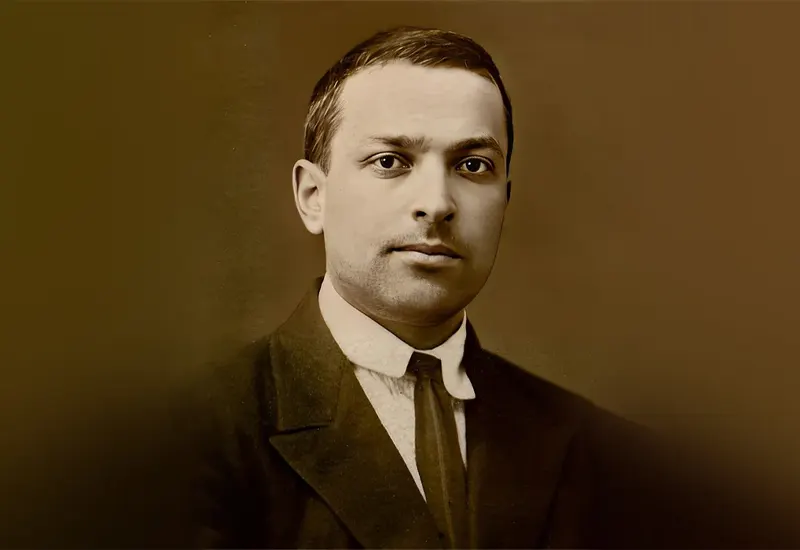
ليف فيجوتسكي was a Russian psychologist and pioneering thinker in developmental psychology and education. Born in 1896 in Orsha, which was then part of the Russian Empire (now Belarus), Vygotsky lived a relatively short life—he passed away from tuberculosis at the young age of 37 in 1934. Despite his brief career, his contributions to psychology and education have had a profound and lasting impact.
Vygotsky’s academic journey was both diverse and intense. He initially studied law and literature before moving into psychology, where his interdisciplinary background helped shape his unique and holistic perspective on human development. Unlike many of his contemporaries, Vygotsky viewed learning not just as an individual mental process, but as one fundamentally influenced by cultural and social dynamics.
The Lev Vygotsky theory emerged during the early 20th century, a time of intellectual and political upheaval in Soviet Russia. Influenced by Marxist principles, Vygotsky believed that human development could not be understood in isolation from the social and historical context in which it occurs. He introduced revolutionary concepts such as the Zone of Proximal Development, scaffolding, and the role of the more knowledgeable other, which continue to shape modern educational practices worldwide.
Unfortunately, due to political restrictions and the rise of Stalinism, much of Vygotsky’s work was suppressed in the Soviet Union and remained relatively unknown in the West until decades later. It wasn’t until the 1960s and 1970s that his writings were translated and began influencing Western education systems and psychological theory.
Today, Lev Vygotsky’s theory is celebrated for its emphasis on the sociocultural roots of learning and its forward-thinking approach to child development. His belief that learning precedes development—rather than simply follows it—has reshaped how educators view curriculum design, instructional methods, and the importance of social interaction in the classroom.
Lev Vygotsky Theory: Sociocultural Theory
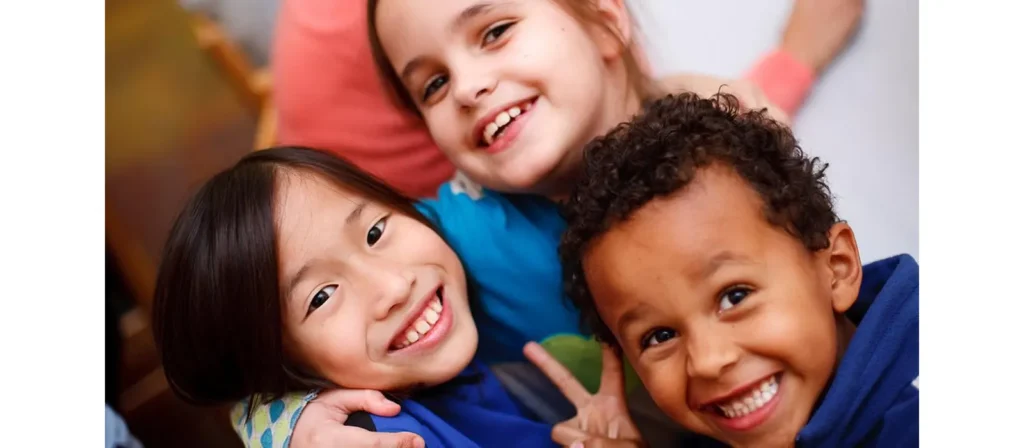
Vygotsky’s sociocultural theory is a psychological framework that emphasizes the vital role of social interaction and culture in shaping cognitive development. Rooted in Lev Vygotsky theory, this approach argues that learning is fundamentally a social process and that development occurs first between people (interpsychological) before becoming internalized within the individual (intrapsychological).
At the heart of sociocultural theory is the idea that children do not develop in isolation. Instead, they grow by interacting with parents, peers, teachers, and the cultural tools available in their environment. These tools—such as language, symbols, routines, and values—are passed down through generations and adapted as children actively engage with their surroundings.
Language, in particular, plays a critical role in mediating thought and guiding learning. It allows children to communicate, reflect, plan, and regulate behavior. Children acquire the cognitive structures needed to think critically and solve problems through conversation, storytelling, instruction, and play.
Sociocultural theory also emphasizes the importance of context. Learning is not one-size-fits-all; it is influenced by the learner’s cultural background, community norms, and access to resources. Effective education must be culturally responsive and rooted in meaningful social experiences.
Sociocultural theory provides a holistic view of how children learn by placing culture and social context at the center of development. It continues to inform modern educational practices, especially those that promote cooperative learning, culturally relevant pedagogy, and student-centered instruction.
Lev Vygotsky Theory: Zone of Proximal Development (ZPD)
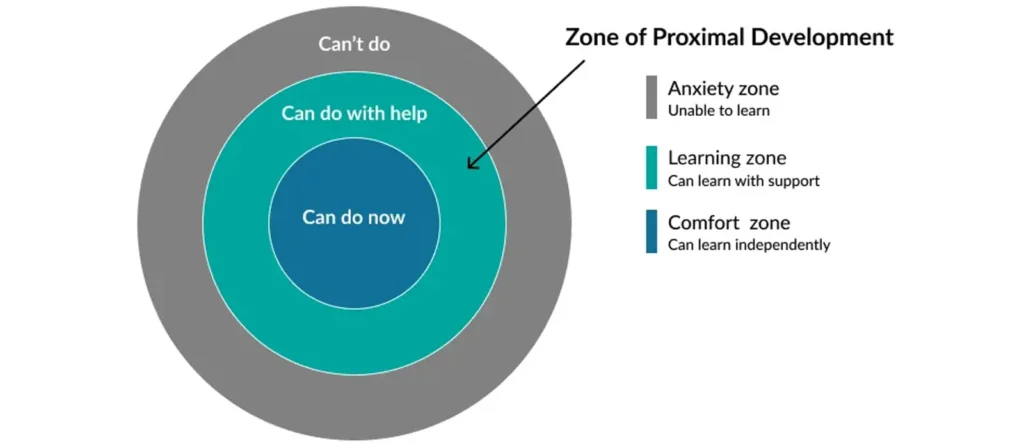
A cornerstone of Lev Vygotsky’s theory, the Zone of Proximal Development (ZPD) represents one of his most influential and practical contributions to the field of educational psychology. This concept fundamentally reshaped how educators view children’s learning potential and the role of guidance in development.
At its essence, the منطقة التطور القريبة refers to the range of tasks that a child cannot yet complete independently, but can accomplish with the help of a more knowledgeable other (MKO), such as a teacher, parent, or peer. It’s the “sweet spot” of learning—where the material is just challenging enough to promote growth, yet not so difficult that the child becomes frustrated or disengaged.
Vygotsky defined three layers of development:
- What a child can do unaided (actual development)
- What a child can do with help (ZPD)
- What a child cannot do, even with assistance
Meaningful learning occurs within the ZPD. When teachers or caregivers provide appropriate support—such as asking guiding questions, offering prompts, or modeling behavior—they help children stretch their current abilities and gradually internalize new skills. Over time, what was once achievable only with help becomes something the child can do independently.
This idea challenges traditional, static views of intelligence and ability. Rather than assessing a child based solely on what they can do alone, Vygotsky urged educators to evaluate what children can achieve with the right support. In doing so, learning becomes a dynamic, collaborative process.
Here’s a simple example: A four-year-old may not know how to tie their shoes, but with a caregiver showing them step-by-step and letting them try repeatedly, they slowly grasp the sequence. This learning journey—between complete dependence and full independence—represents their zone of proximal development.
The ZPD also highlights the importance of individualized learning. Since every child has a unique ZPD, effective teaching involves tailoring instruction to where each learner currently is. Group work, peer collaboration, and formative assessments all become key tools in identifying and supporting each child’s developmental zone.
قم بتحويل فصلك الدراسي باستخدام حلول الأثاث المخصصة
Lev Vygotsky Theory: Scaffolding
Scaffolding is a teaching strategy closely tied to Lev Vygotsky theory of cognitive development. It refers to the temporary support provided by a teacher, parent, or peer to help a child learn a new concept or skill. This support is gradually reduced as the child becomes more capable and independent, eventually allowing them to perform the task on their own.
Although Vygotsky himself did not use the term “scaffolding” (it was later introduced by educational psychologist Jerome Bruner and his colleagues), the practice aligns perfectly with Vygotsky’s emphasis on social interaction as a driving force for learning. The Lev Vygotsky theory views scaffolding not as a one-size-fits-all tool, but as a dynamic, responsive process tailored to each child’s current level of understanding.
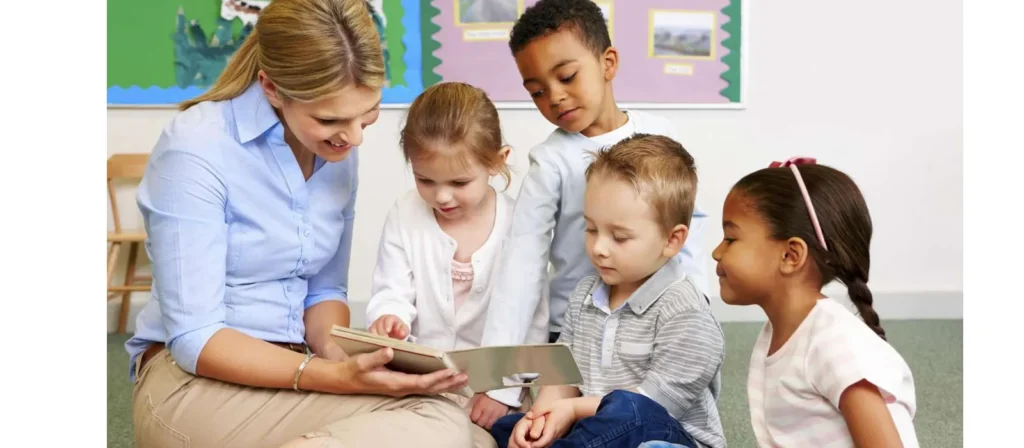
Key Features of Scaffolding Based on Vygotsky’s Theory
- Guided Assistance: An adult or more capable peer provides step-by-step guidance tailored to the child’s current level of understanding.
- Gradual Release: Support is slowly removed as the child gains competence, leading to independent mastery.
- التعلم التفاعلي: Learning occurs through dialogue, questioning, modeling, and encouragement.
- Dynamic Adjustment: Scaffolding is flexible and responsive to the learner’s changing needs and progress.
Examples of Scaffolding in Early Childhood Settings
- A teacher sounding out words with a child who is learning to read.
- A parent models how to solve a puzzle, then encourages the child to try the next piece.
- A peer helping a classmate understand how to use a math manipulative.
- A preschool instructor guides a group through steps to clean up a shared space using visual cues and gentle reminders.
These examples show how scaffolding allows children to accomplish more than they could alone—exactly what the Lev Vygotsky theory supports.
Lev Vygotsky Theory: The More Knowledgeable Other (MKO)
Within the framework of Lev Vygotsky theory, the concept of the More Knowledgeable Other (MKO) plays a central role in facilitating a child’s learning and development. Vygotsky argued that learning is most effective when a learner interacts with someone who possesses a higher level of knowledge, skill, or understanding about a particular task.

What Is a More Knowledgeable Other (MKO)?
An MKO is any individual—or sometimes a tool or resource—with greater expertise than the learner in a specific area. This person helps guide the child through their Zone of Proximal Development (ZPD) by offering the right kind of assistance to bridge the gap between what the child can do alone and what they can achieve with support.
Common examples of an MKO include:
- Teachers
- Parents or caregivers
- Older siblings
- Peers with stronger skills
- Coaches or mentors
Even instructional media like educational software or books can function as an MKO in certain contexts.
How MKOs Support the Learning Process?
In Lev Vygotsky theory, the MKO identifies the learner’s current developmental level and provides targeted support. This assistance may include:
- Modeling behavior or strategies
- Giving clear instructions
- Asking probing questions
- Offering feedback
- Demonstrating patience and encouragement
Why Understanding the More Knowledgeable Other Matters?
Understanding the role of the MKO has reshaped teaching and classroom practices:
- Teachers are encouraged to provide scaffolded instruction based on students’ current levels.
- Peer tutoring and group work are promoted to allow learners to benefit from each other’s strengths.
- Educators assess what a child knows and what they can learn with guidance.
In Lev Vygotsky’s theory, MKOs are not static figures—they evolve with the learner’s progress and context. They are the facilitators of growth, helping transform potential into reality. Whether in homes, classrooms, or communities, MKOs differentiate between passive learning and true cognitive development.
Lev Vygotsky Theory: Thinking and Speech
In Lev Vygotsky theory, thinking and speech are central to cognitive development. Vygotsky proposed that language and thought originate as separate functions but gradually converge, transforming how children understand and interact with the world. This process unfolds in three developmental stages: social speech, private speech, and inner speech.
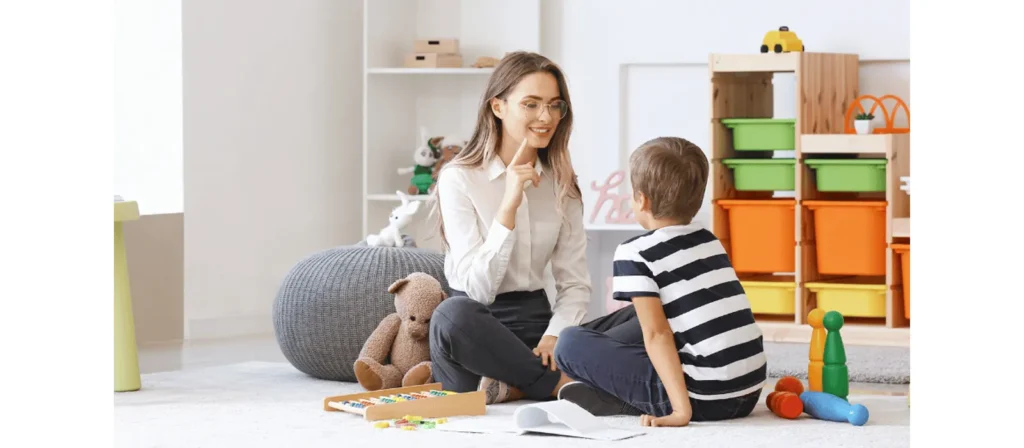
Social Speech
Social speech is children’s earliest form of language to communicate directly with others. At this stage, language functions outwardly and serves practical purposes, such as requesting, informing, or engaging in social interaction.
- Developmental stage: Begins around age 2
- وظيفة: External communication to affect the environment
- أمثلة: “I want juice,” “Look at the dog,” “Come here!”
In this phase, language is used for interpersonal purposes, and thought remains largely nonverbal. There is no internalized use of language to regulate behavior or plan.
Private Speech
Private speech is the self-directed speech children use aloud when working through problems or completing tasks. This form of language is a cognitive tool that enables children to guide their actions and thoughts independently.
- Developmental stage: Common between ages 3 and 7
- وظيفة: Self-regulation, problem-solving, and planning
- أمثلة: “Now I put this here,” “Don’t forget the red one,” “I have to go slow.”
According to Vygotsky, private speech reflects the early internalization of social speech and is essential for developing independent thinking. It bridges the gap between external guidance and internal control.
Inner Speech
Inner speech emerges as children begin to internalize private speech into silent, mental dialogue. This marks the full integration of language and thought.
- Developmental stage: Starts developing around age 7 and continues into adolescence
- وظيفة: Internal thinking, abstract reasoning, self-reflection
- صفات: Condensed, non-vocal, and highly individualized
Inner speech is no longer expressed outwardly but is a tool for advanced cognitive functions such as decision-making, planning, and metacognition.
اكتشف مجموعتنا الكاملة من المنتجات
احصل على إمكانية الوصول إلى كتالوجنا الشامل الذي يحتوي على أثاث ومعدات لعب عالية الجودة لرياض الأطفال والمدارس.
What are the Differences Between Vygotsky’s Theory and Piaget’s Theory?
Both Lev Vygotsky and Jean Piaget are considered pioneers in the field of التطور المعرفي, but their theories offer distinctly different perspectives on how children learn and grow. While Piaget emphasized self-directed, stage-based learning, Vygotsky focused on the social and cultural context of learning. The table below highlights the key differences between Piaget’s vs Vygotsky’s theories:
| وجه | نظرية فيجوتسكي | نظرية بياجيه |
|---|---|---|
| View of Development | Continuous and socially mediated | Stage-based and biologically driven |
| Role of Social Interaction | Essential for cognitive development; learning is first social, then individual | Limited role; children learn largely independently |
| دور اللغة | Central to thought development; language shapes cognition | Language is a result of cognitive development, not its driver |
| Zone of Proximal Development (ZPD) | Core concept; children learn best when supported by others within their ZPD | Not part of the theory; focuses on tasks the child can already do |
| Role of the Adult/Teacher | Active facilitator and scaffold; guides learning | Observer or provider of opportunities; minimal interference |
| Cultural Influence | Strongly emphasized; culture provides the tools for learning | Downplayed; universal stages of development across cultures |
| Private Speech | Viewed as a critical step in cognitive development | Considered egocentric and a sign of immature thinking |
| عملية التعلم | Learning precedes development; social interaction drives growth | Development precedes learning; children must reach a stage before learning occurs |
How to Apply Lev Vygotsky Theory in Practice?
The strength of Lev Vygotsky theory lies not only in its conceptual clarity but also in its practical applicability across various educational contexts. From early childhood to higher education, Vygotsky’s emphasis on social learning, cultural tools, and guided support can be translated into concrete teaching strategies that elevate learning outcomes.
1. Diagnose the Learner’s Zone of Proximal Development (ZPD)
To begin applying the Lev Vygotsky theory, educators must assess each student’s competence and potential learning capacity. This forms the basis for identifying their ZPD.
- Use formative assessments and observation during tasks
- Ask open-ended questions that require reasoning, not just recall
- Monitor where students begin to struggle and when they need assistance
Recognizing the ZPD allows educators to target instruction more precisely, making learning both challenging and achievable.
2. Apply Scaffolding to Support Development
Scaffolding refers to the temporary, structured support provided to help students master skills or concepts just beyond their current level. As the learner gains confidence, the support is gradually reduced.
- Breaking a large assignment into smaller guided steps
- Providing sentence starters or graphic organizers
- Giving real-time hints, prompts, or modeling during learning
This technique fosters independence while maintaining cognitive engagement within the ZPD.

3. Use Peer Interaction and Cooperative Learning
Vygotsky emphasized that learning is socially mediated. Group learning reinforces academic content and allows students to become more knowledgeable others (MKOs) for one another.
- Organize peer tutoring or mixed-ability group projects
- Design tasks that require dialogue, shared problem-solving, and negotiation
- Encourage peer feedback and joint reflection activities
Through structured peer interaction, students expand their thinking and internalize new ways of understanding.
4. Promote Language as a Tool for Thought
According to Lev Vygotsky theory, language is both a cultural tool and the medium through which higher thinking emerges. Encouraging verbal expression helps students crystallize and refine their understanding.
- Use “think-aloud” strategies during modeling
- Ask students to verbalize their reasoning in group work
- Integrate structured academic discourse, debates, and classroom dialogue
This practice enhances metacognition, reasoning, and cognitive flexibility.
5. Incorporate Meaningful, Guided Play
In early childhood settings, guided play provides opportunities for children to simulate real-world roles, experiment with social behaviors, and explore problem-solving in low-risk environments.
- Set up لعب الأدوار scenarios (e.g., shopkeeper, teacher, doctor)
- Provide thematic props and language prompts
- Participate in play as a facilitator, guiding with subtle interventions
Play encourages symbolic thinking and allows learners to operate beyond their current developmental level.
6. Embrace Cultural Context in Curriculum Design
Vygotsky highlighted that learning is culturally situated, and instruction should reflect the background knowledge, language, and experiences of the learners.
- Use culturally relevant examples and stories in teaching
- Acknowledge students’ home languages and dialects in classroom discussion
- Encourage students to draw connections between personal experience and academic content
This cultural alignment increases engagement and strengthens knowledge transfer.
7. Design Learning Environments with Purposeful Furniture and Toys
Vygotsky emphasized that cultural tools and social contexts shape cognitive development—and the physical classroom environment is essential to that context. The thoughtful selection of أثاث ما قبل المدرسة and educational toys can enhance interaction, imagination, and scaffolded learning.
Furniture should be:
- Flexible and child-sized to support autonomy and mobility
- Arranged to encourage small group interaction and peer communication
- Modular or open-ended, allowing students to reconfigure space as needed
- Zone-based (e.g., reading corner, block area, dramatic play) to support different types of learning experiences within the ZPD



Toys and materials should be:
- Open-ended, such as blocks, puppets, or loose parts, encouraging creativity and symbolic thinking
- Culturally relevant, reflecting students’ backgrounds and real-world experiences
- Role-play focused, such as toy kitchens, medical kits, or costumes, to support socio-dramatic play
- Progressively challenging, allowing children to explore tasks just beyond their current skill level with or without guidance



قم بتحويل فصلك الدراسي باستخدام حلول الأثاث المخصصة
Criticisms and Limitations of Lev Vygotsky Theory
While Vygotsky’s theory has profoundly influenced modern educational practices, especially in early childhood and developmental psychology, it is not without its criticisms and limitations. Like all theoretical models, Vygotsky’s ideas—though innovative and widely respected—have faced scrutiny concerning their clarity, scope, and practical application.
1. Limited Empirical Evidence
One of the most frequently cited criticisms of Vygotsky’s work is the lack of empirical validation. Many of his core concepts, including the Zone of Proximal Development (ZPD) and scaffolding, are theoretically rich but were not supported by extensive experimental research at the time of their development. As a result, the theory is often regarded as conceptually powerful but methodologically underdeveloped.
In contrast to Piaget, whose stages of development were extensively studied through direct observation and experimentation, much of Vygotsky’s work remained at the theoretical level until after his death.
2. Ambiguity in Key Concepts
Some educators and psychologists argue that key terms in the Lev Vygotsky theory—such as the ZPD, the more knowledgeable other (MKO), and internalization—are vague or too broadly defined. For instance:
- What exactly determines the boundaries of the ZPD?
- How does one objectively measure or observe internalization?
- Can a peer truly function as an MKO in all contexts?
These ambiguities can lead to inconsistent interpretations and applications in classroom settings.
3. Overemphasis on Social Factors
Vygotsky’s sociocultural perspective rightly highlights the role of culture, language, and interaction. However, critics argue that this focus may underestimate individual cognitive processes that occur independently of social interaction. For example, intrinsic motivation, sensory processing, or personality differences can influence learning outcomes—factors that the theory does not explicitly address.
As such, some argue that the theory offers an incomplete model of development, especially in contexts where social input is minimal or inconsistent.
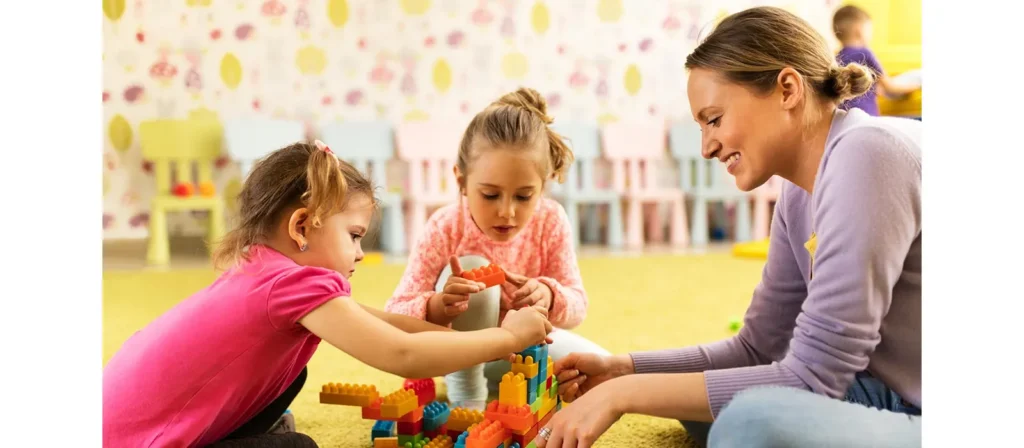
4. Cultural and Historical Limitations
Vygotsky developed his theory in early 20th-century Soviet Russia, under strong Marxist influences. Some critics believe that aspects of his theory—especially the emphasis on collective learning and social control—may reflect ideological biases that are less applicable in individualistic or diverse educational systems.
Additionally, the original writings were in Russian, and many were unpublished or censored for decades. As a result, translated and reconstructed versions may lack the nuance or accuracy of Vygotsky’s original ideas, potentially distorting their intended meaning.
5. Practical Challenges in Implementation
While Vygotsky’s theory provides a rich conceptual foundation, translating its ideas into day-to-day classroom practice is not always straightforward. For example:
- Identifying a student’s ZPD in real time can be complex and time-consuming.
- Scaffolding requires sustained, individualized attention, which is difficult in large classrooms.
- Collaborative learning strategies may not suit every student’s temperament or learning style.
Frequently Asked Questions about Lev Vygotsky Theory
- Is Vygotsky’s theory still relevant today?
Absolutely. Vygotsky’s ideas continue to influence educational practices, curriculum design, early childhood programs, and developmental psychology. His emphasis on context, culture, and collaboration aligns well with contemporary, inclusive, and student-centered learning models. - What is the core idea of Lev Vygotsky’s theory?
Vygotsky’s theory emphasizes the role of social interaction and cultural context in the development of cognitive abilities. He proposed that learning occurs through guided participation and language-mediated activities, especially within the Zone of Proximal Development (ZPD). - Why is language so important in Vygotsky’s theory?
Vygotsky believed language is the primary tool for thought and learning. Through private speech and social dialogue, children internalize language, which becomes a foundation for cognitive development. - What is the Zone of Proximal Development (ZPD)?
The ZPD refers to the gap between what a learner can do independently and what they can achieve with guidance from a more knowledgeable other (MKO). It’s a critical concept for understanding how instruction can scaffold a child’s learning. - What are the 4 principles of Vygotsky’s theory?
Vygotsky proposed that we are born with four elementary mental functions: attention, sensation, perception, and memory. These natural abilities are the foundation of cognitive development. Through social interaction and cultural tools, they are transformed into higher mental functions. This process highlights the importance of environment and guidance in learning. - What are Vygotsky’s three key stages of speech development?
Vygotsky explained that speech develops through three key stages: it begins with social speech, which is used for communication with others in interactive settings. This then evolves into private speech, where children talk to themselves aloud to guide actions and solve problems. Over time, this becomes inner speech, a silent internal dialogue used for thinking and self-control.
خاتمة
The Lev Vygotsky theory of early childhood development offers a rich and enduring framework for understanding how children learn, think, and grow. By emphasizing the central roles of social interaction, cultural context, language, and guided support, Vygotsky shifted the focus of developmental psychology from internal processes to external influences that shape cognition.
Key concepts such as the Zone of Proximal Development (ZPD), scaffolding, the more knowledgeable other (MKO), and the sociocultural theory continue to inform modern educational practices. Whether in structured classrooms, collaborative play, or family interactions, these ideas help educators and caregivers create responsive environments where children are not passive recipients of knowledge but active participants in their own development.
In today’s diverse educational environments, Vygotsky’s theory reminds us that children learn best when they are supported, engaged, and empowered through meaningful social experiences. Whether you’re a teacher, parent, or caregiver, applying these principles can help nurture confident, curious, and capable learners prepared for lifelong growth.
اكتشف مجموعتنا الكاملة من المنتجات
احصل على إمكانية الوصول إلى كتالوجنا الشامل الذي يحتوي على أثاث ومعدات لعب عالية الجودة لرياض الأطفال والمدارس.

